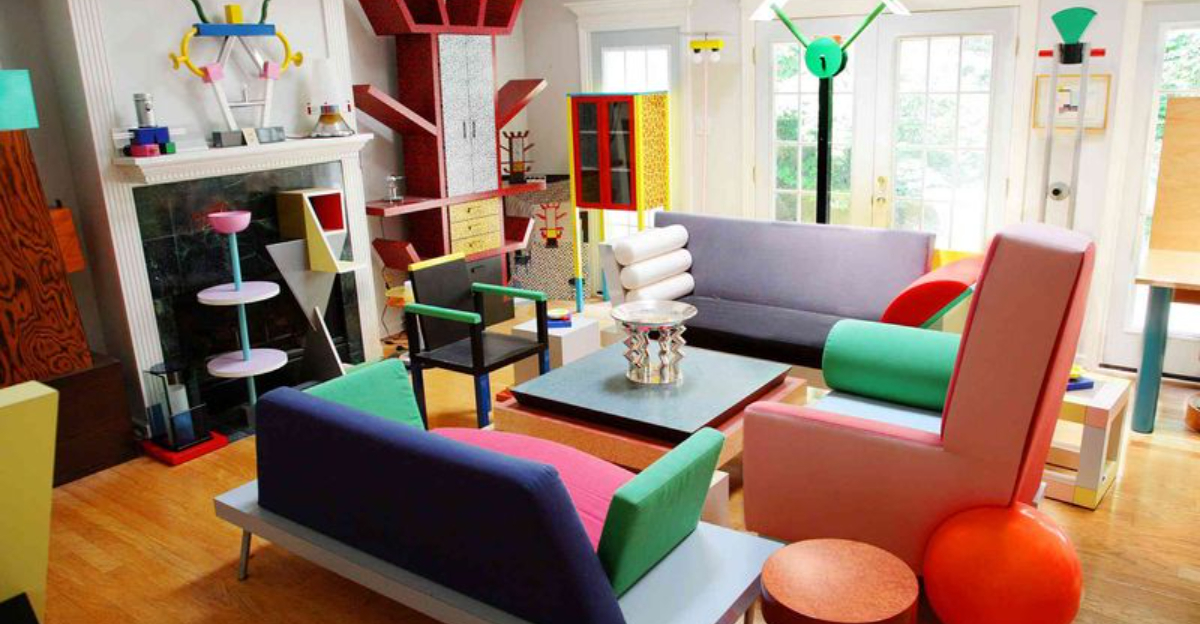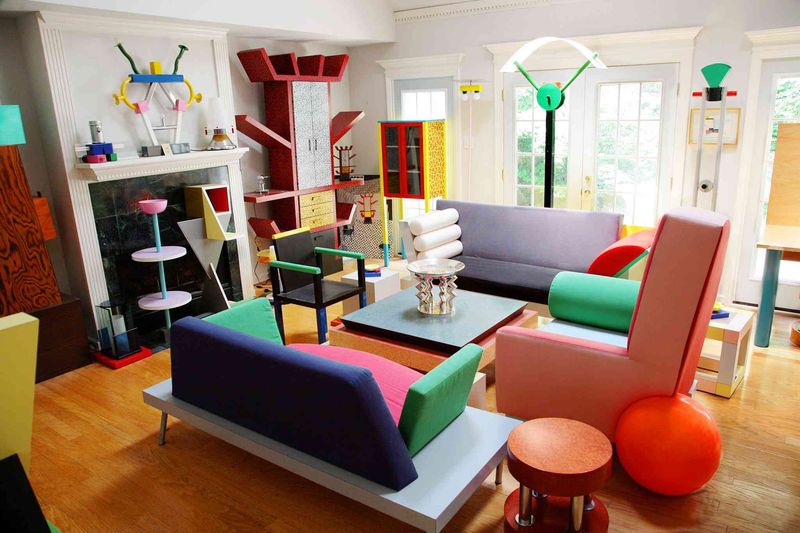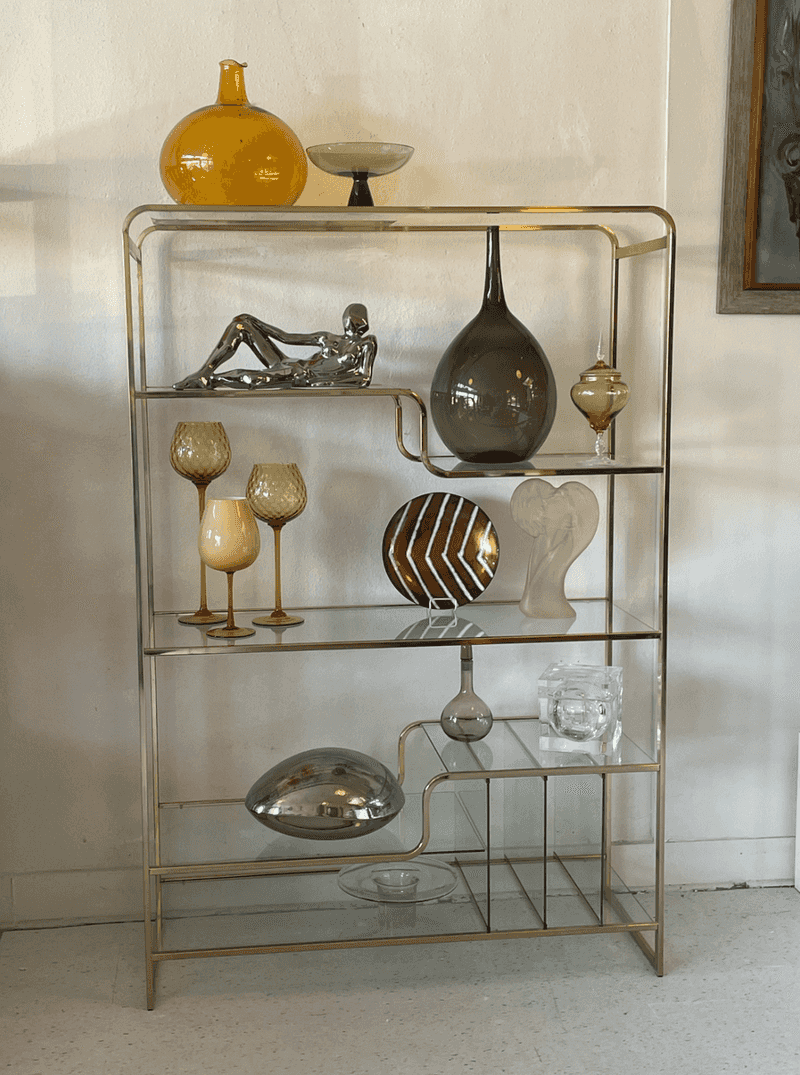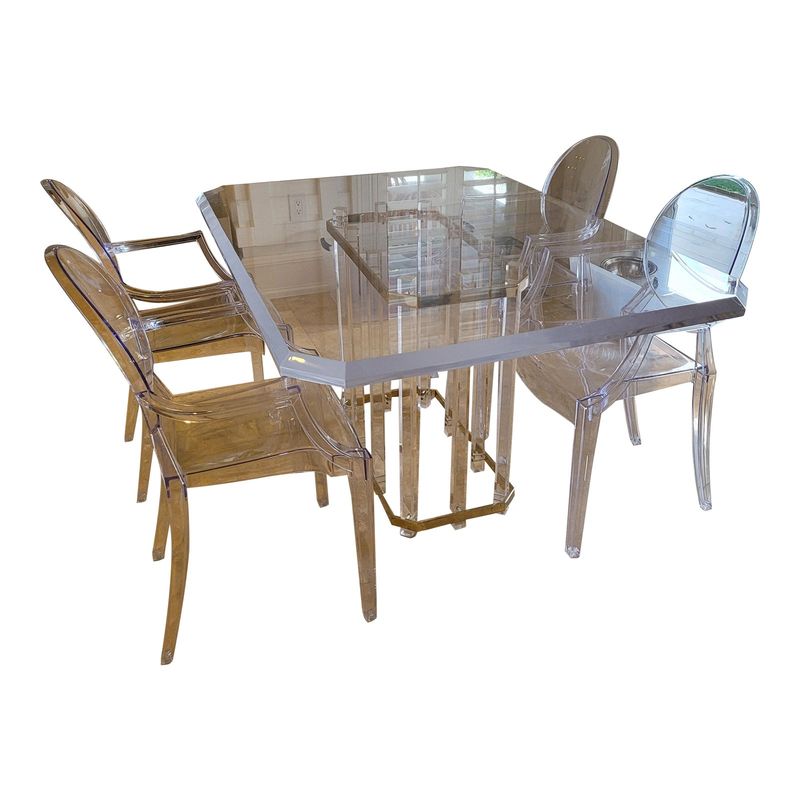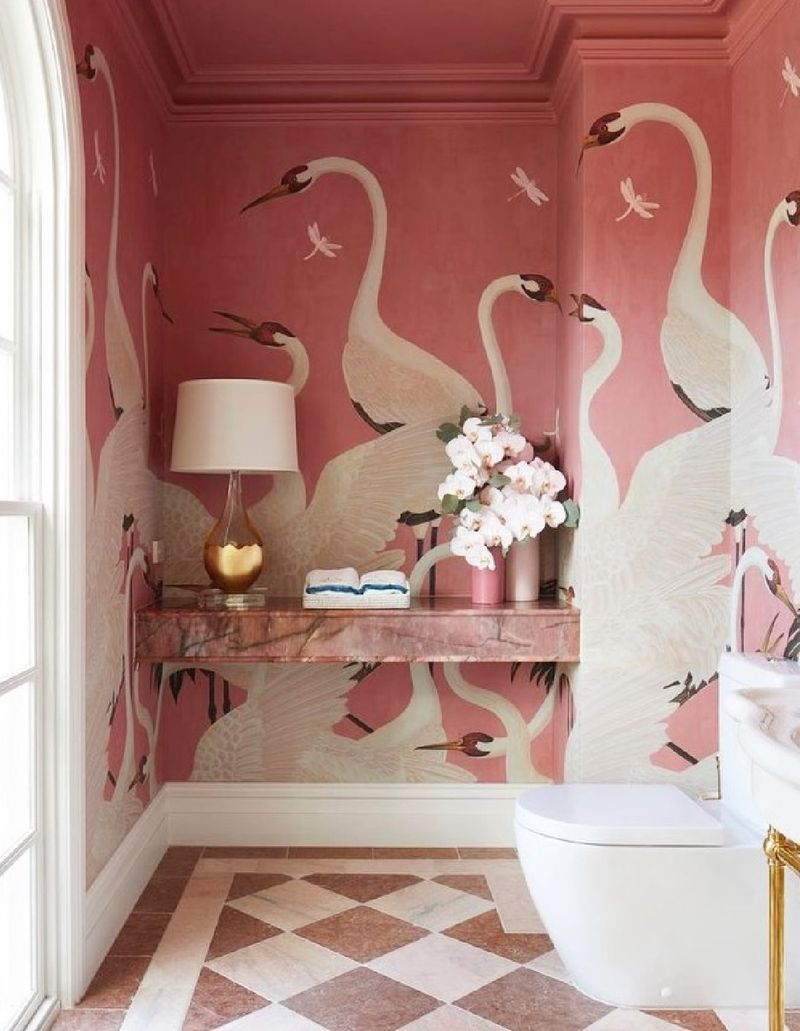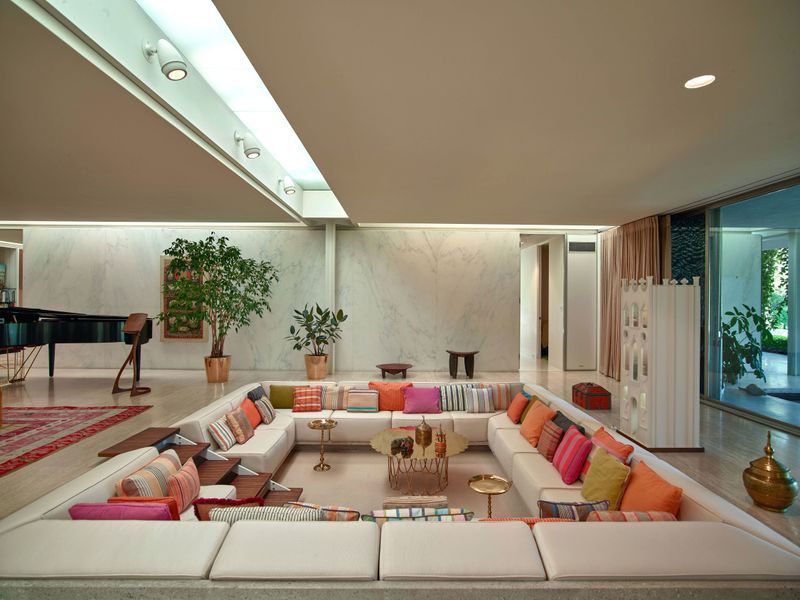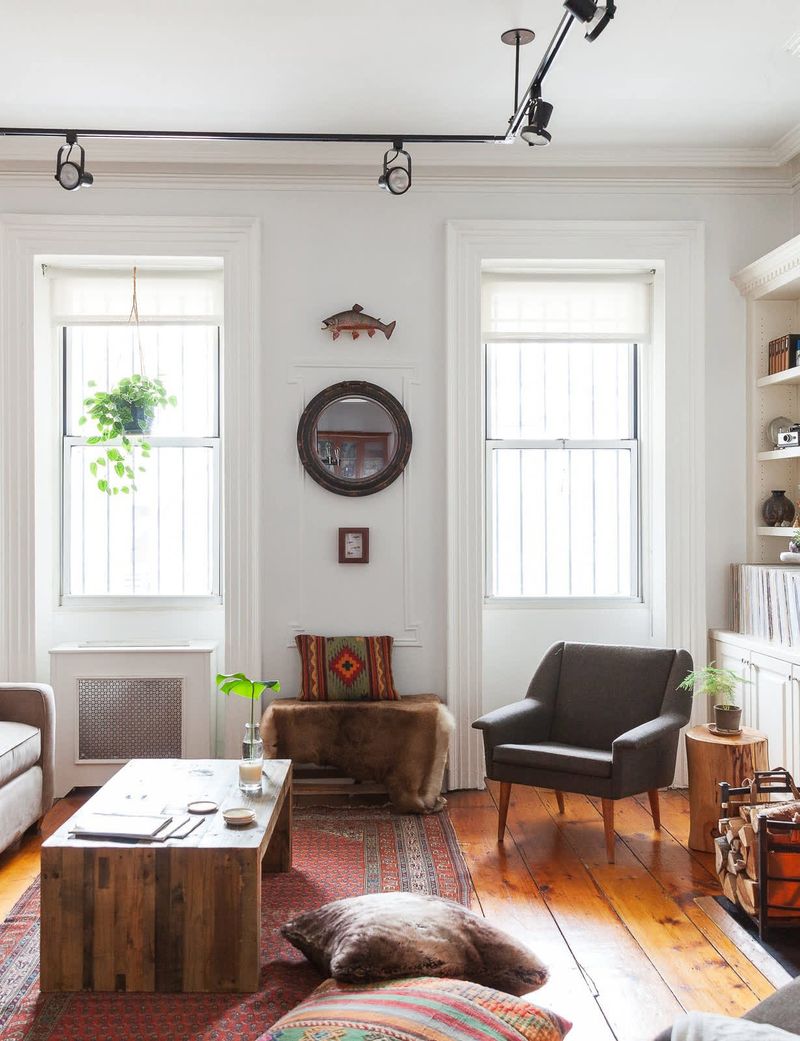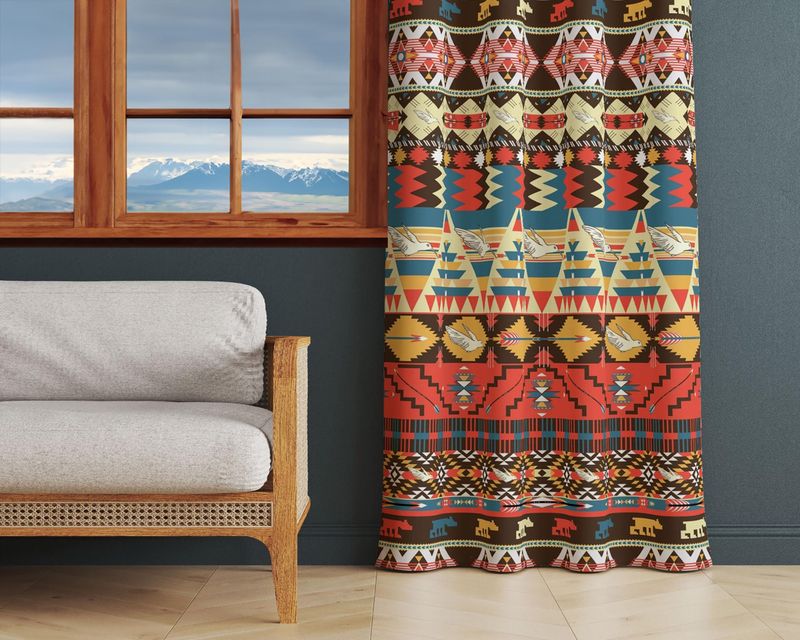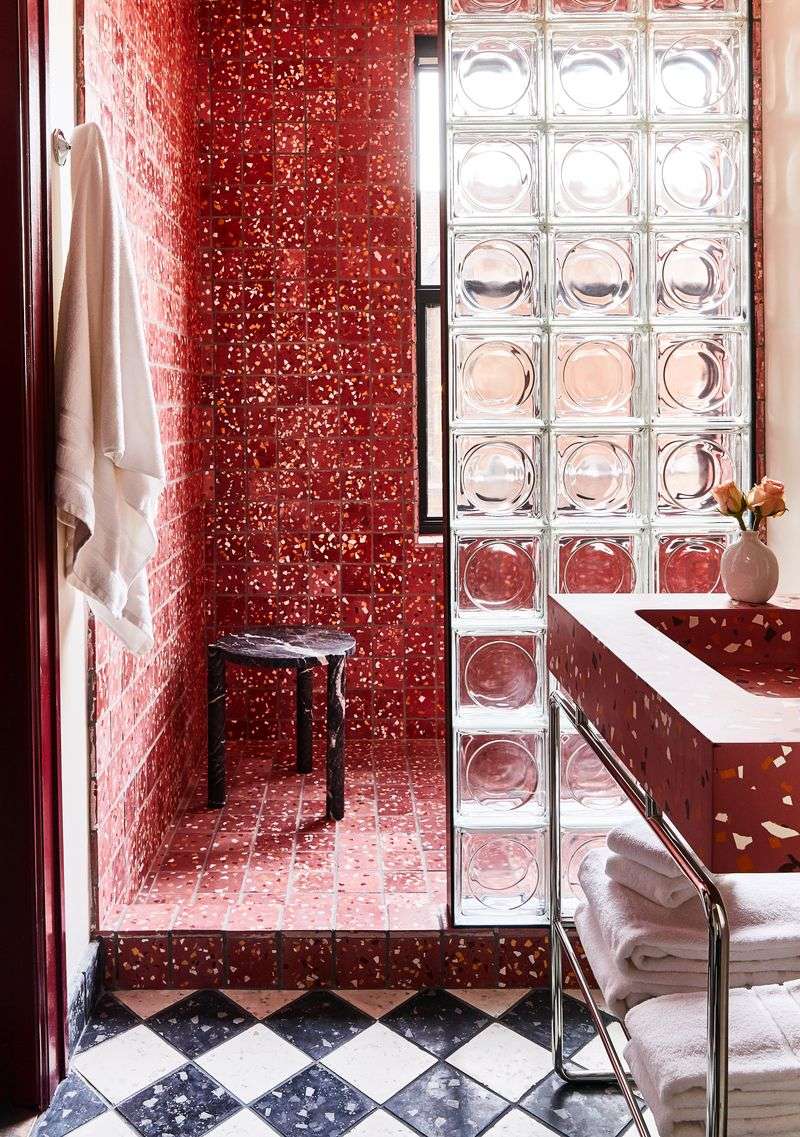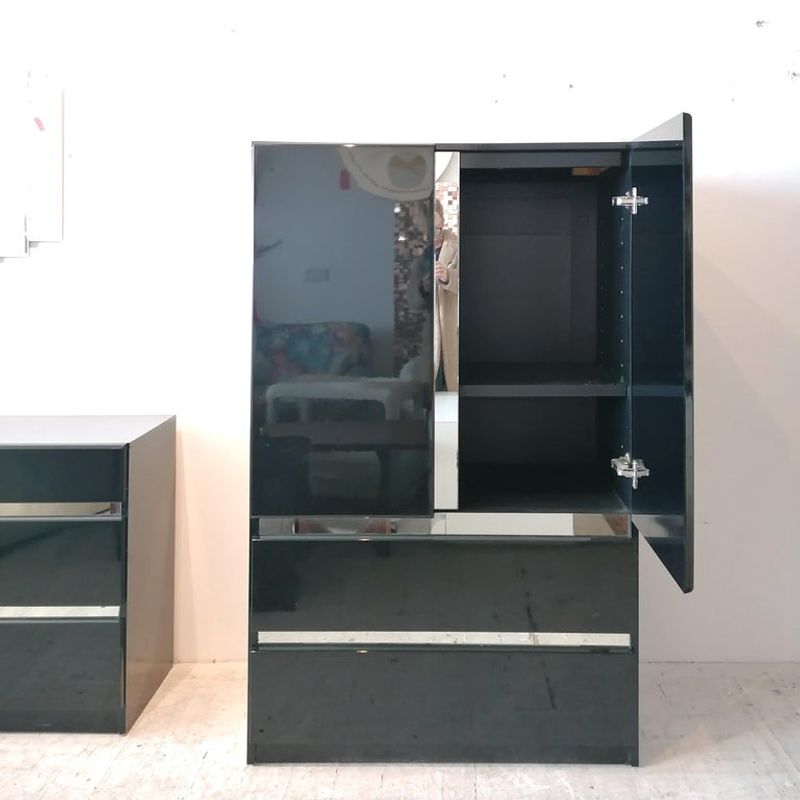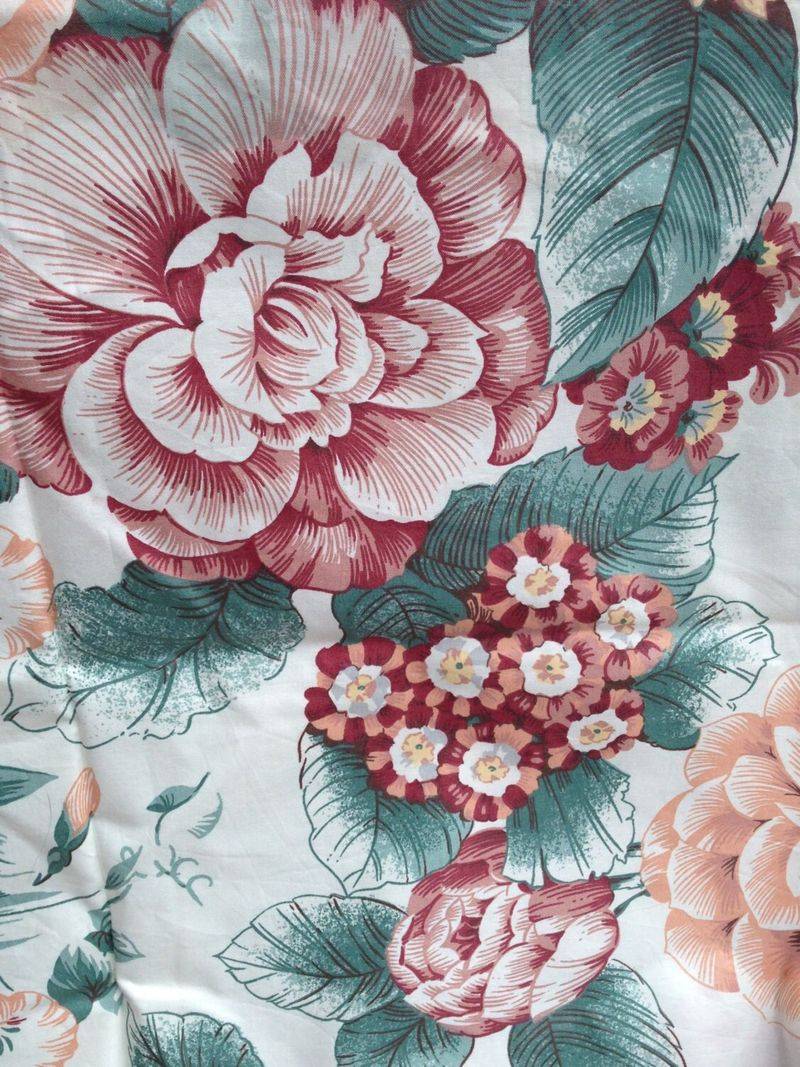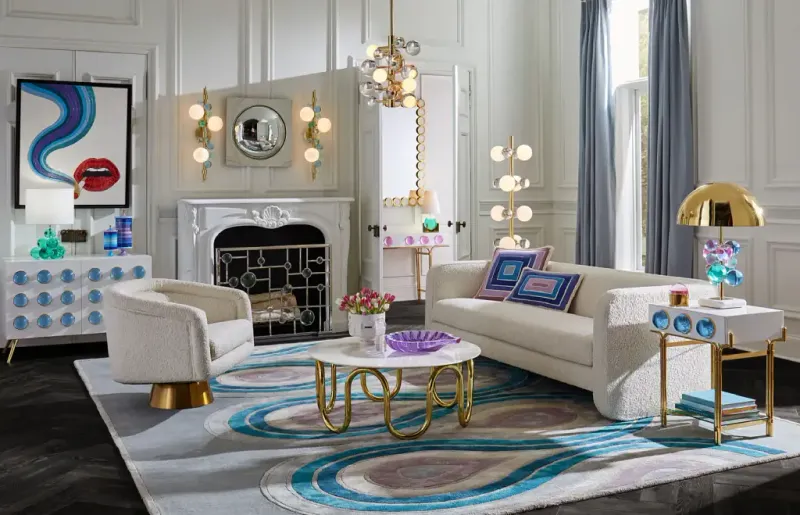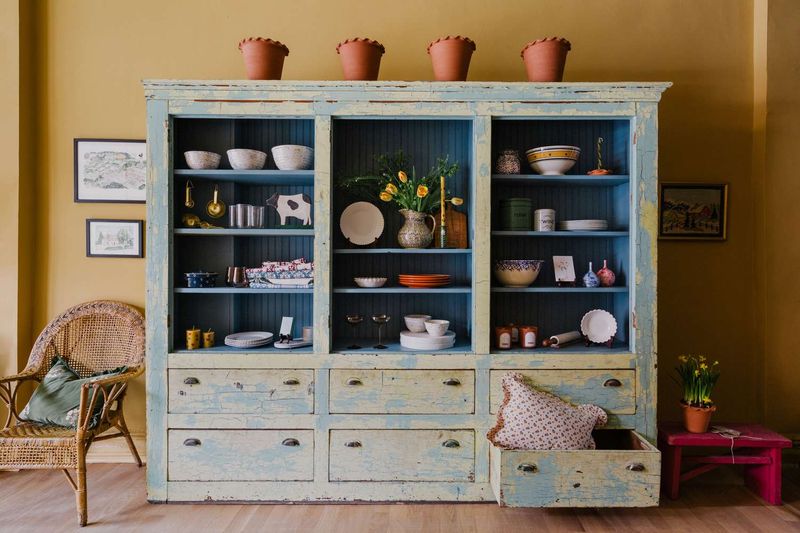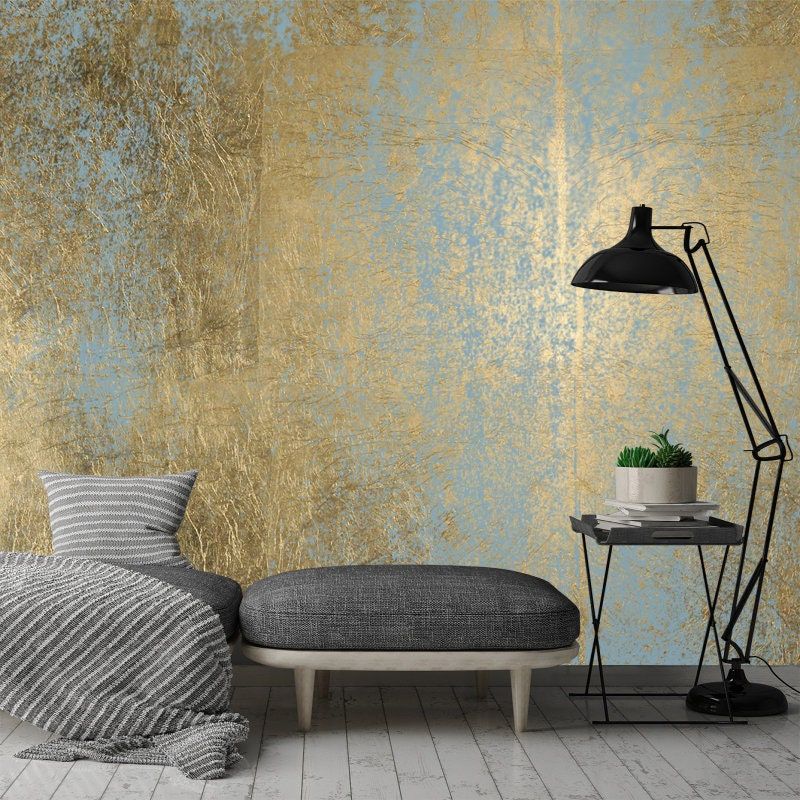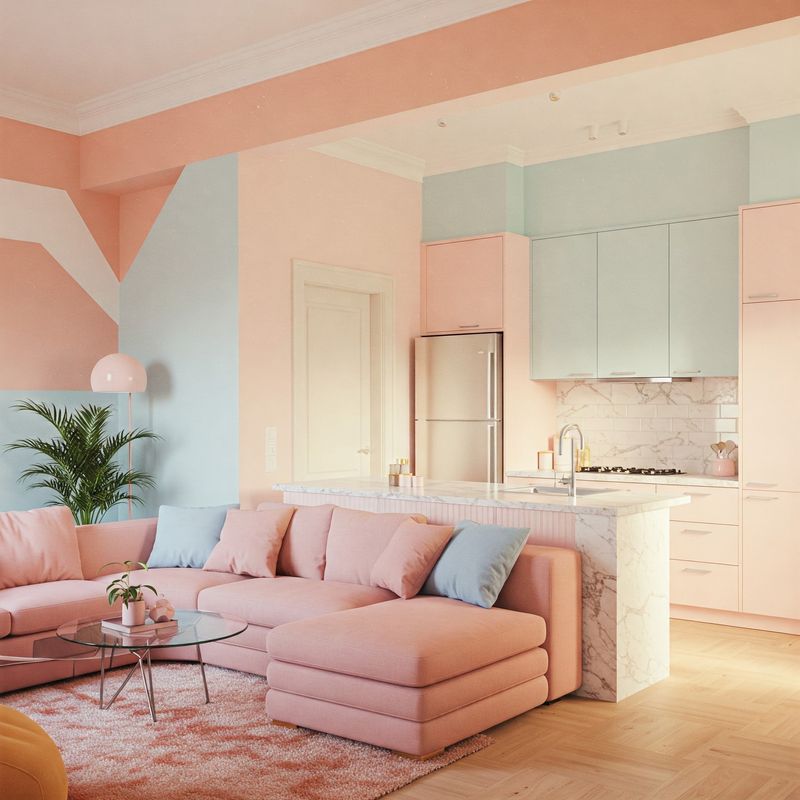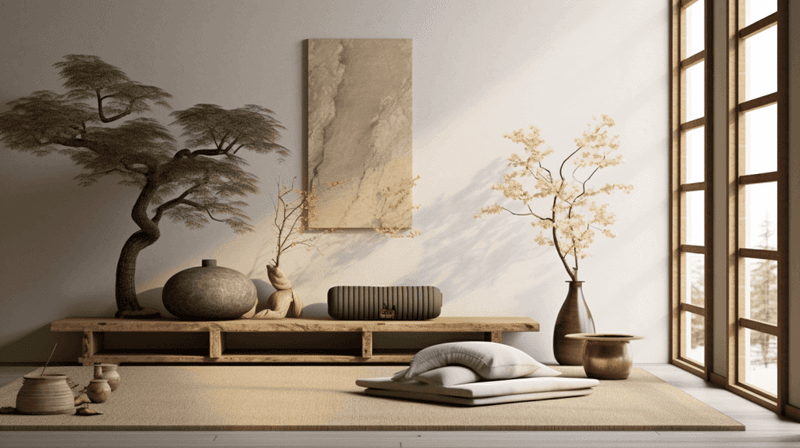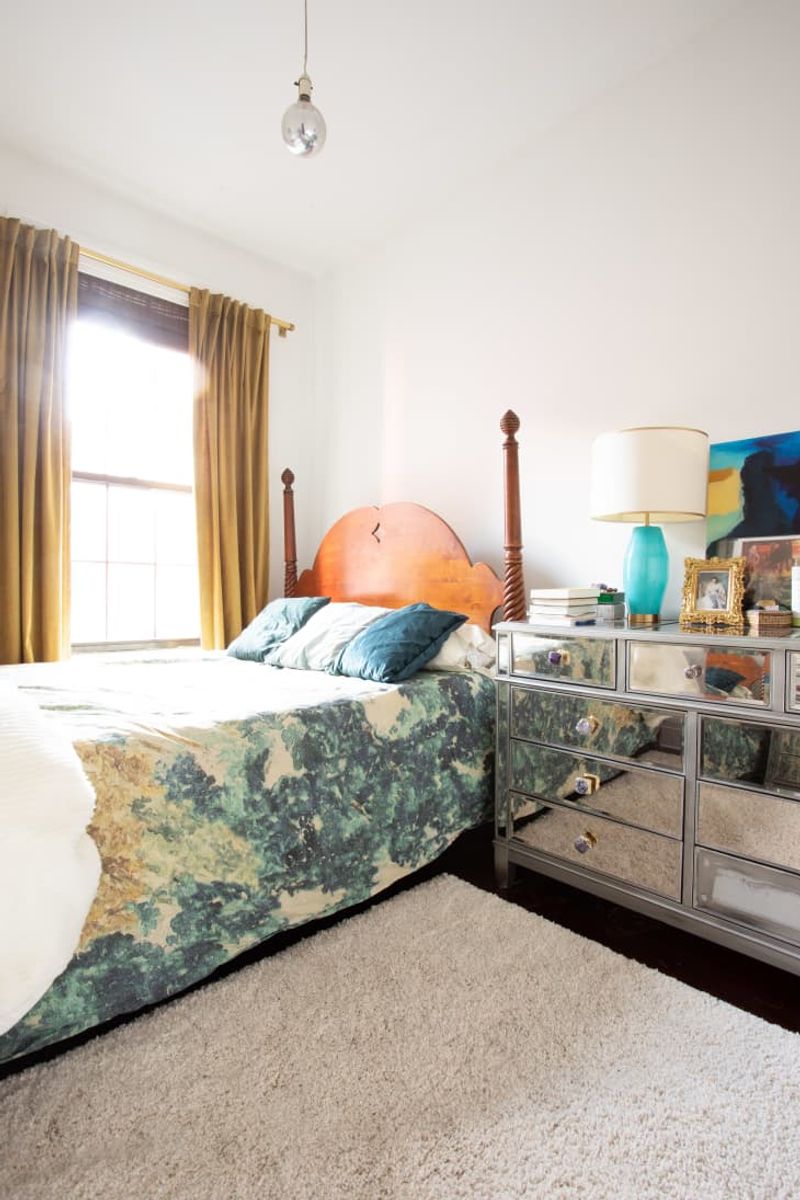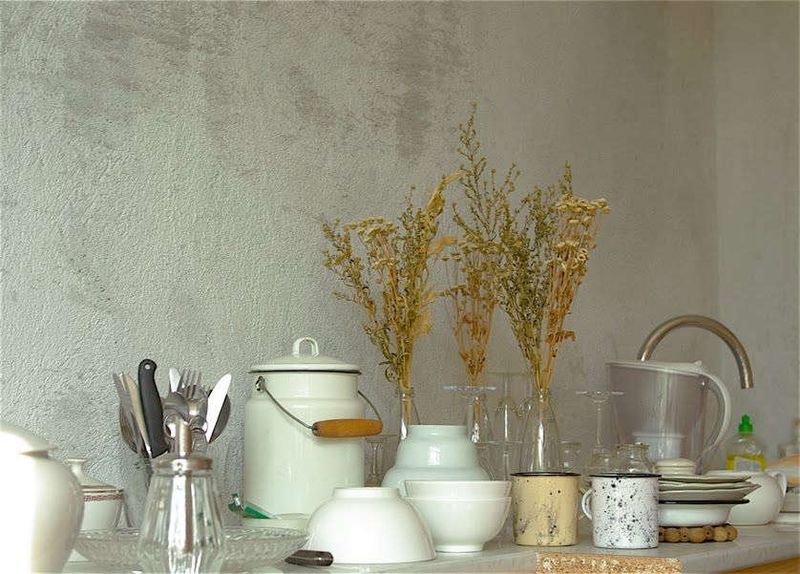Remember the days of bold colors, geometric shapes, and statement furniture? The 1980s brought us some of the most daring interior design choices that somehow managed to stand the test of time.
While many trends from this vibrant decade have come and gone, several iconic elements continue to influence modern homes today.
Let’s take a nostalgic trip back to the era of excess and explore which 80s interior trends still capture our hearts.
1. Memphis Design Movement
Bursting with playful energy, the Memphis Design Movement rebelled against minimalism with its colorful geometric shapes and asymmetrical patterns. Founded by Italian designer Ettore Sottsass in 1981, this style embraced the unexpected.
Today’s homes incorporate Memphis-inspired accent pieces that add personality without overwhelming spaces. Think bright laminate side tables, quirky lamps, or graphic rugs that instantly create conversation starters.
2. Brass Accents
Nothing says ’80s glamour quite like gleaming brass fixtures and accents. During this opulent decade, brass adorned everything from bathroom faucets to light fixtures, cabinet handles, and decorative objects.
Modern designers have refined this trend by using brass more selectively. A vintage brass floor lamp or collection of brass candlesticks brings warmth and sophistication to contemporary spaces without the overwhelming metallic overload of the original era.
3. Lucite and Acrylic Furniture
Clear, sleek, and seemingly floating in space – lucite furniture captured the futuristic aspirations of the 80s. These transparent pieces created the illusion of more space while adding a touch of avant-garde style.
Fast forward to today, and acrylic furniture has evolved from chunky statement pieces to elegant accent furniture. A ghost chair or clear coffee table still works wonders in small spaces, allowing light to flow through while maintaining a distinctly modern aesthetic.
4. Mauve and Dusty Rose Palettes
Soft yet statement-making, mauve and dusty rose dominated 80s interiors, appearing on everything from wallpaper to upholstery. These muted pinks created warm, inviting spaces that felt simultaneously sophisticated and cozy.
What once covered entire rooms now returns as thoughtful accents in contemporary design. A dusty rose throw pillow or mauve ceramic vase adds a nostalgic touch without recreating grandmother’s living room. These subdued hues pair beautifully with today’s neutral palettes.
5. Conversation Pits
Gather ’round! The sunken living room or conversation pit epitomized social gatherings in the 80s. These architectural features created intimate spaces specifically designed for face-to-face interaction.
While not everyone can renovate for a full-fledged pit, the concept lives on through thoughtfully arranged seating areas. Today’s designers create conversation-friendly zones with sectional sofas, complementary armchairs, and circular furniture arrangements that encourage genuine connection over screen time.
6. Track Lighting
Illuminating the 80s scene, track lighting systems offered flexibility and modern flair when recessed lighting was still finding its footing. These adjustable fixtures could spotlight art collections or architectural features with technical precision.
Contemporary track lighting has evolved significantly, with sleeker profiles and LED technology. The fundamental appeal remains unchanged: adaptable lighting that can be redirected as room functions change, making it perfect for modern multipurpose spaces.
7. Southwestern Motifs
Influenced by Native American designs and desert landscapes, Southwestern decor brought earthy tones and tribal patterns into 80s homes. Terracotta, turquoise, and sand colors created warm, grounded spaces filled with cultural references.
Modern interpretations take a more subtle approach. A single Navajo-inspired throw blanket or handcrafted pottery piece adds authentic character without the themed-room effect. This style connects particularly well with today’s renewed appreciation for artisanal and handmade home goods.
8. Glass Block Walls
Letting light through while maintaining privacy, glass blocks became architectural stars of 80s interiors. These translucent bricks created statement walls in bathrooms, entryways, and room dividers throughout trendy homes.
Creative designers have reimagined this trend for modern spaces. Rather than entire walls, today’s glass block applications tend to be more restrained – perhaps a shower enclosure or a small decorative panel that pays homage to the original trend without dominating the space.
9. Lacquered Furniture
High-gloss surfaces reached their zenith during the excess-loving 80s. Lacquered furniture pieces in bold colors reflected light dramatically, creating visual impact in every room they graced.
The contemporary revival favors quality over quantity. A single lacquered cabinet in deep emerald or navy adds sophistication to neutral spaces. Modern manufacturing techniques have also improved durability, making today’s high-gloss pieces more practical for everyday use.
10. Chintz Fabrics
Floral patterns bloomed everywhere in the 80s, with chintz fabrics covering sofas, curtains, and even coordinating with wallpaper. These glossy cotton prints featured oversized blossoms and lush botanical motifs that transformed rooms into indoor gardens.
Today’s designers approach chintz with a lighter touch. A single chintz accent chair or set of throw pillows brings vintage charm without overwhelming the senses. Modern chintz patterns often feature updated color palettes that feel fresh rather than fussy.
11. Art Deco Revival
Looking back to the glamour of the 1920s and 30s, the 80s embraced Art Deco’s bold geometric patterns and luxurious materials. Curved furniture, mirrored surfaces, and dramatic black-and-white contrasts defined this revival style.
Contemporary spaces continue to incorporate Art Deco elements with greater subtlety. A sunburst mirror, fan-patterned upholstery, or stepped bookcase brings timeless sophistication to modern interiors while nodding to both the original era and its 80s interpretation.
12. Country Kitchen Style
Gingham checks, wooden ducks, and heart-shaped cutouts – the country kitchen reached peak popularity during the 80s. This homey style featured blue and mauve color schemes, wooden cabinets, and plenty of decorative accessories.
Modern farmhouse style owes much to this predecessor, though today’s version is more restrained. Open shelving displaying carefully curated collections, apron sinks, and butcher block countertops maintain the warmth without the cutesy overload.
13. Foil Wallpaper
Walls that literally shimmered became the ultimate 80s status symbol. Metallic foil wallpapers in silver, gold, or bold patterns reflected light and created dynamic, ever-changing surfaces as you moved through a space.
Contemporary designers have refined this concept with more subtle metallic papers. Often reserved for accent walls or smaller spaces like powder rooms, today’s metallic wallcoverings add dimension and interest without the overwhelming disco-ball effect of their predecessors.
14. Pastel Color Schemes
Miami Vice-inspired color palettes transformed 80s interiors into candy-colored wonderlands. Mint green, peach, and pale blue combinations created spaces that felt simultaneously soothing and playfully energetic.
The current revival takes a more sophisticated approach. Rather than all-pastel everything, designers incorporate these hues as thoughtful accents against neutral backgrounds. A mint side table or peach ceramic lamp brings retro charm without recreating a time capsule.
15. Japanese-Inspired Minimalism
While often overlooked amid louder 80s trends, Japanese-inspired minimalism influenced many high-end interiors of the decade. Low-profile furniture, clean lines, and careful attention to negative space created calm counterpoints to more maximalist styles.
This design approach seamlessly transitioned into contemporary interiors. The principles of uncluttered spaces, natural materials, and thoughtful simplicity continue to resonate with today’s wellness-focused homeowners seeking refuge from digital overwhelm.
16. Mirrored Furniture
Reflective surfaces reached their peak with fully mirrored furniture pieces that expanded spaces visually while adding glamour. Mirrored coffee tables, side tables, and even entire bedroom sets captured the 80s love for optical illusion and light play.
Today’s approach uses mirrored elements more judiciously. A single mirrored chest of drawers or vanity table brings vintage elegance without overwhelming a room. Modern versions often incorporate antiqued or smoked mirror for a more sophisticated effect.
17. Indoor Plants as Decor Statements
Long before today’s plant parent culture, the 80s embraced dramatic indoor greenery. Large-scale houseplants like fiddle leaf figs, palms, and rubber plants became architectural elements in their own right, often displayed in equally statement-making ceramic or brass planters.
This trend never really disappeared, though today’s plant enthusiasm reaches new heights. The 80s approach to treating plants as sculptural elements continues to influence how we incorporate living elements into our carefully curated spaces.
18. Textured Wall Treatments
Beyond wallpaper, the 80s embraced dimensional wall finishes that added tactile interest. Techniques like sponging, rag-rolling, and even popcorn texturing transformed flat surfaces into artistic statements throughout homes.
While popcorn ceilings remain firmly in the past, modern interpretations of textured walls have evolved significantly. Today’s limewash, venetian plaster, and tactile wallcoverings create subtle dimension that adds character without dating a space.

